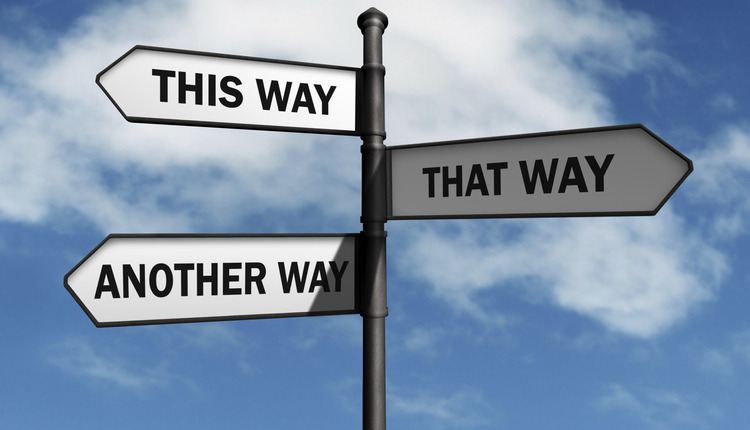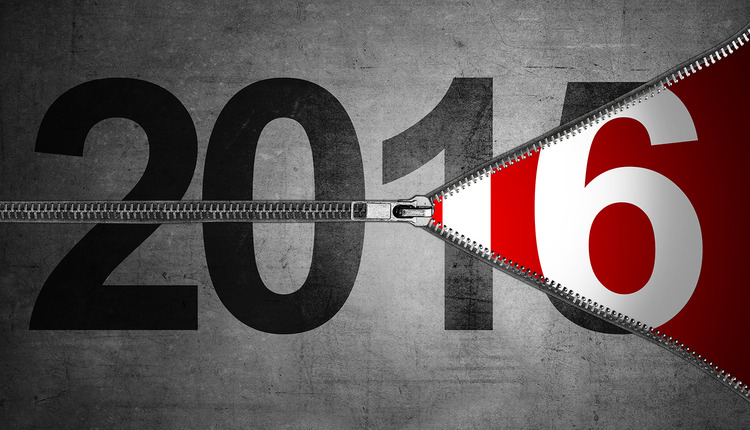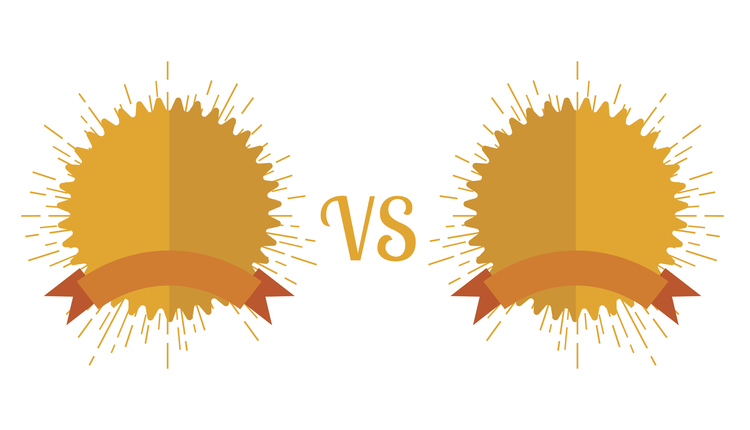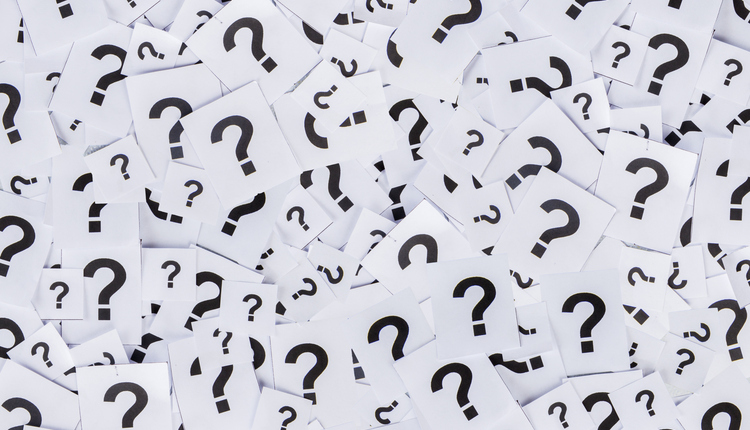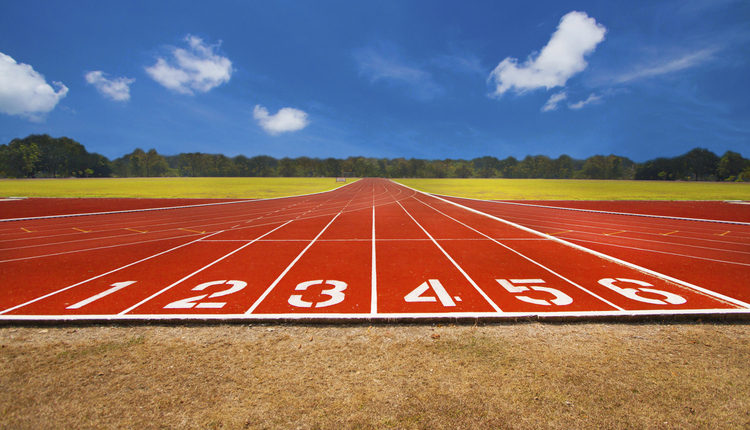It's no secret that USPS is struggling to stay relevant in a digital society. The use of email, social media and mobile devices have driven mail volume away from the mailbox and into the hands of Google, Facebook, Instagram and others. The Postal Service has had limited success with their attempts at going digital. While their web site and mobile app and website are fairly modern, neither have had a significant impact on mail volume. Even with postage incentives, many mailers haven't adopted QR codes or augmented reality. QR codes feel outdated, and augmented reality is expensive to implement.
USPS expects that a digital connection to physical mail will unlock their sustainability. A new attempt to bridge the gap was shown again at the National Postal Forum (NPF), where USPS introduced another digital product: Real Mail Notifications.
The Concept
By pairing mailer and recipient needs in a digital platform, USPS is hoping that Real Mail Notifications will increase interest in the mail, making it more profitable for mailers, driving more mail volume. Using the mail scanning equipment already on USPS sorting equipment, the postal service will collect pictures of each mail piece heading out for delivery that day, and send it electronically to the recipient.
The benefit for the recipient are early notification of some of what will be in their mailbox, access to what's in their mailbox while they travel, and information distributed to everyone at the household. At a recent Mailers Technical Advisory Committee (MTAC) meeting, VP of New Products and Innovation Gary Reblin joked that he wasn't aware of how many golfing catalogs he received until he started using Real Mail.
For mailers, there will be more "impressions" of the mail piece - a marketing term for the number of times someone is shown a message. Mailers who provide additional information will be able to make the image in Real Mail interactive, and will be able to interact with their recipients both at home and while they are travelling.
USPS authenticates each recipient to ensure that the correct mail images are sent to the correct email address. Mailers who provide a link to an image will soon be able to replace the black and white scan of the mail piece with their own image, and provide a link that could be used to direct the user from within the Real Mail notification. In the future, USPS may make "Real Mail" into a mobile app.
The Pilot
This spring, USPS ran a "proof of concept" pilot in northern Virginia with around 4,000 participants. Using their own mail pieces, USPS measured the engagement of the test users, and the likelihood that they would respond to mail messages. Initial findings showed that over 90% checked their notifications daily, and those who did were at least two times more likely to act on the mail piece.
The pilot will be expanded to several 3-digit ZIP Codes in New York between October and March. Mailers who participate will be able to provide USPS with links and images to use in the program, and several hundred thousand participants are expected. Early results of this test may be available as soon as the 2016 NPF.
Obstacles
Real Mail is still very much in a proof of concept phase. The entire process is still manual, and only facilities with equipment upgrades will be able to generate the pictures. Rolling this out nationwide to all mail recipients seems a far off goal. Even at the correct facilities, not every mail piece is placed on automation equipment. This is especially troubling for flats and Every Door Direct Mail, which are much less likely to be processed on equipment. And the flats sorters currently do not have the equipment to provide an image of the mail piece. It's unclear at this point how users will react when not all of their mail is included in the daily alert. There are issues when a user moves out of the Real Mail service area, and there isn't any data yet on whether Real Mail incents users with cluster boxes to delay picking up their mail until an important item arrives. It's also unclear whether this platform will make the physical mail piece less interesting or attractive to the user. USPS has a vision of every mobile user accessing their mail this way, but after the shine of the pilot wears off, it will be interesting to see how sticky this new platform really is.




